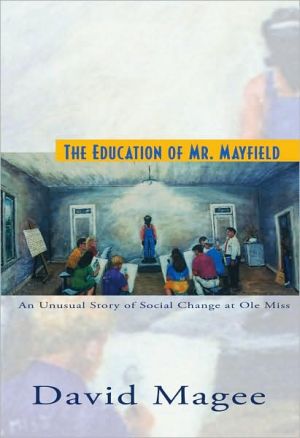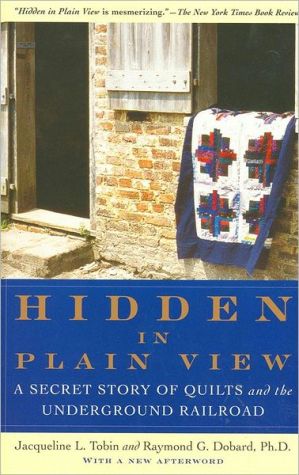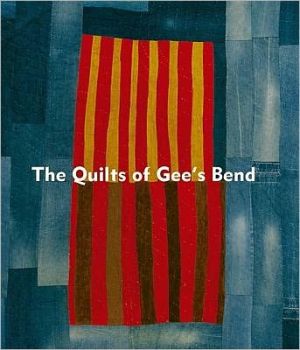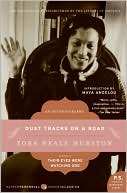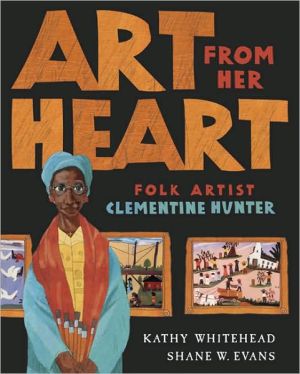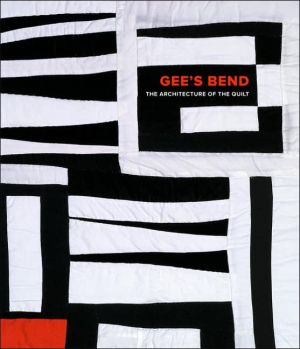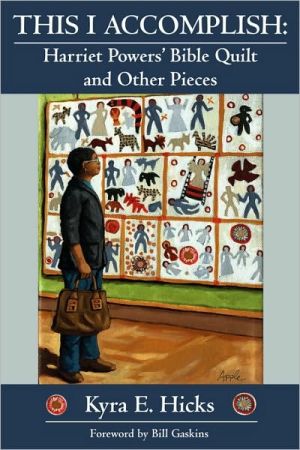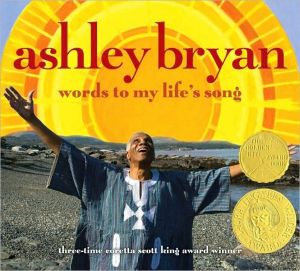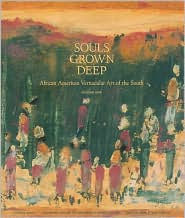The Education of Mr. Mayfield: An Unusual Story of Social Change at Ole Miss
More than a decade before the media reported on the disturbing events surrounding James Meredith's enrollment at the University of Mississippi in 1962, a different story of interaction between the races quietly took place on that same campus. This story is now told in The Education of Mr. Mayfield.\ In 1949, soon after arriving in Oxford, Mississippi, as the school's first Art Department chairman, Stuart Purser was driving through the nearby countryside when he spied some interesting...
Search in google:
More than a decade before the media reported on the disturbing events surrounding James Meredith's enrollment at the University of Mississippi in 1962, a different story of interaction between the races quietly took place on that same campus. This story is now told in The Education of Mr. Mayfield.In 1949, soon after arriving in Oxford, Mississippi, as the school's first Art Department chairman, Stuart Purser was driving through the nearby countryside when he spied some interesting sculptures on the front porch of a small farmhouse near Ecru. When Purser stopped to speak with the African-American artist, his longtime friendship with M. B. Mayfield began.That fall, Purser offered Mayfield a job as custodian for the Art Department and caretaker for the newly opened student art gallery. This was a time when the University of Mississippi was completely segregated. What few outside the Art Department knew was that Purser also gave Mayfield one-on-one instruction and arranged for classroom doors to be open so Mayfield could listen to lectures while sitting in the nearby broom closet. Later, Purser took Mayfield on his lecture trips, passing Mayfield off as an assistant who carted equipment and set up the projector.While in Oxford, Purser also became friends with renowned author William Faulkner. Faulkner, along with Purser and other teachers and students in the Art Department, purchased art supplies for Mayfield and encouraged his work. They even took up a collection to send Mayfield to Chicago to see a Van Gogh exhibit. One particularly moving incident described in the book came when Purser took Mayfield to Memphis to visit the Brooks Memorial Art Gallery, only todiscover that on the day of their visit, the museum was open to whites only.Not long after Purser left Oxford to start the Art Department at the University of Florida, Mayfield returned to Ecru to care for his ailing mother. Ironically, in 1967, Mayfield returned to work as a custodian at the Brooks Gallery, where he studied paintings on exhibit and displayed his own artwork in the museum's stairwells and employee work areas. In 1986, the Center for the Study of Southern Culture at the University of Mississippi hosted one of Mayfield's first big art exhibits. After that show, Mayfield sold almost everything he produced for the rest of his life.The Education of Mr. Mayfield tells the story of how M. B. Mayfield overcame many of the obstacles placed in his way due to racism, but it also tells of the quiet acts of courage displayed by some white Southerners who found ways to defy the injustices of that time and place.Publishers WeeklyMore than a decade before the University of Mississippi, a.k.a. Ole Miss, admitted its first black student, the friendship between a white art professor and a black artist quietly transcended the region's deeply-held policy of racist segregation; columnist and Ole Miss alumnus Magee (The South is Round) charts this aberrant relationship, between University professor Stuart Purser and untrained artist M.B. Mayfield, a reticent, impoverished sharecropper who fed his endless drive to paint by extracting hues from flowers and vegetables. In 1949, initially attracted by the art and sculptures adorning Mayfield's yard, Purser daringly invites Mayfield to work as a janitor at Ole Miss and take clandestine art lessons from him. (Even Oxford resident William Faulkner contributes to the cause, offering money for Mayfield's art supplies.) Perhaps most remarkable is the endurance of Mayfield's career through the enormous social upheaval of desegregation: Ole Miss's first black student, admitted in 1962, drew an angry mob armed with "brickbats, sticks, and homemade firebombs." Paralleling that pioneering student's career with Mayfield's, Magee illuminates the debate over discrimination, its hard-line adherents, and the heroes who defied it in a narrative sure to please historians, civil rights scholars and anyone looking for a heartwarming and entirely honest story of the Old South. B&w and color photos. Copyright © Reed Business Information, a division of Reed Elsevier Inc. All rights reserved.
\ Publishers WeeklyMore than a decade before the University of Mississippi, a.k.a. Ole Miss, admitted its first black student, the friendship between a white art professor and a black artist quietly transcended the region's deeply-held policy of racist segregation; columnist and Ole Miss alumnus Magee (The South is Round) charts this aberrant relationship, between University professor Stuart Purser and untrained artist M.B. Mayfield, a reticent, impoverished sharecropper who fed his endless drive to paint by extracting hues from flowers and vegetables. In 1949, initially attracted by the art and sculptures adorning Mayfield's yard, Purser daringly invites Mayfield to work as a janitor at Ole Miss and take clandestine art lessons from him. (Even Oxford resident William Faulkner contributes to the cause, offering money for Mayfield's art supplies.) Perhaps most remarkable is the endurance of Mayfield's career through the enormous social upheaval of desegregation: Ole Miss's first black student, admitted in 1962, drew an angry mob armed with "brickbats, sticks, and homemade firebombs." Paralleling that pioneering student's career with Mayfield's, Magee illuminates the debate over discrimination, its hard-line adherents, and the heroes who defied it in a narrative sure to please historians, civil rights scholars and anyone looking for a heartwarming and entirely honest story of the Old South. B&w and color photos. \ Copyright © Reed Business Information, a division of Reed Elsevier Inc. All rights reserved.\ \
